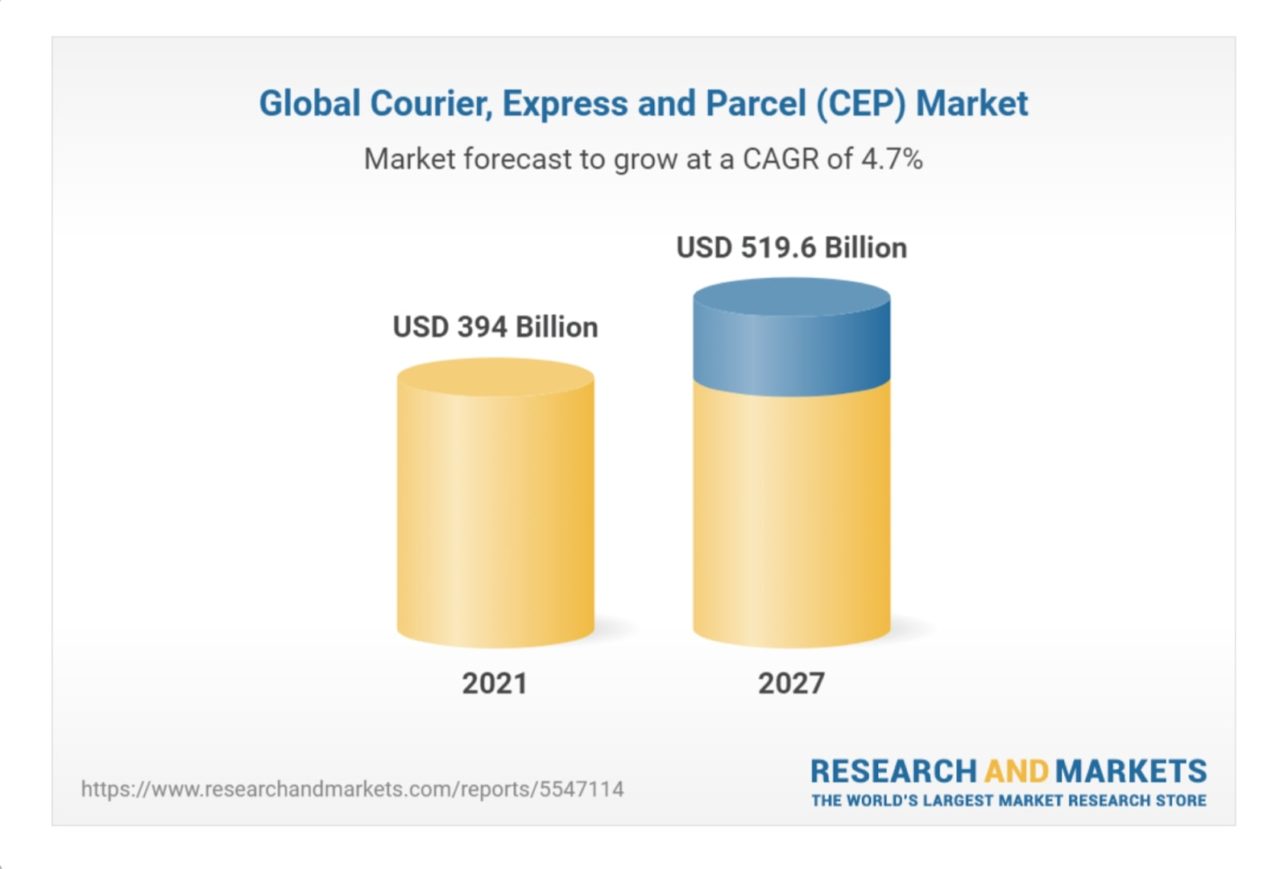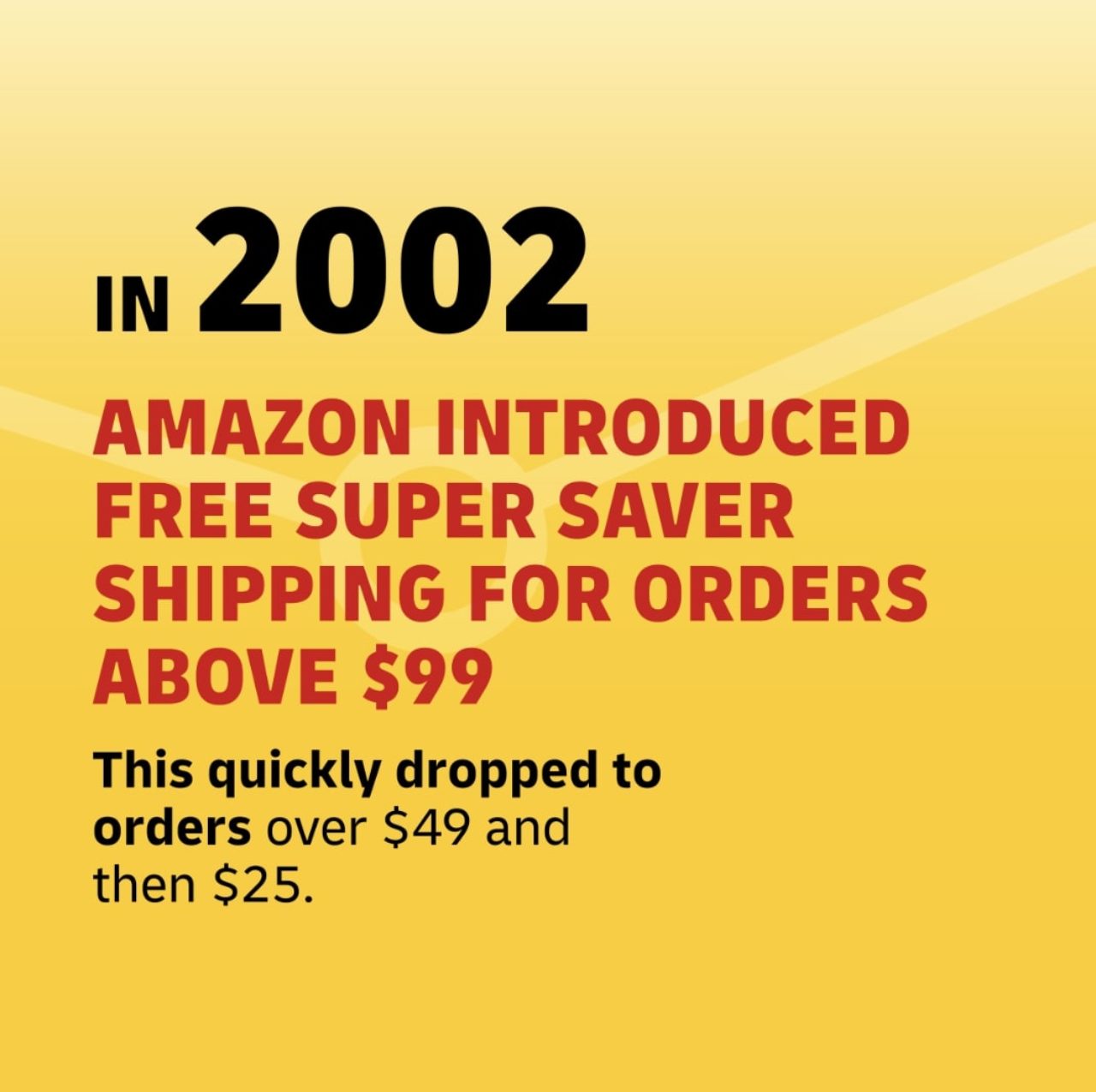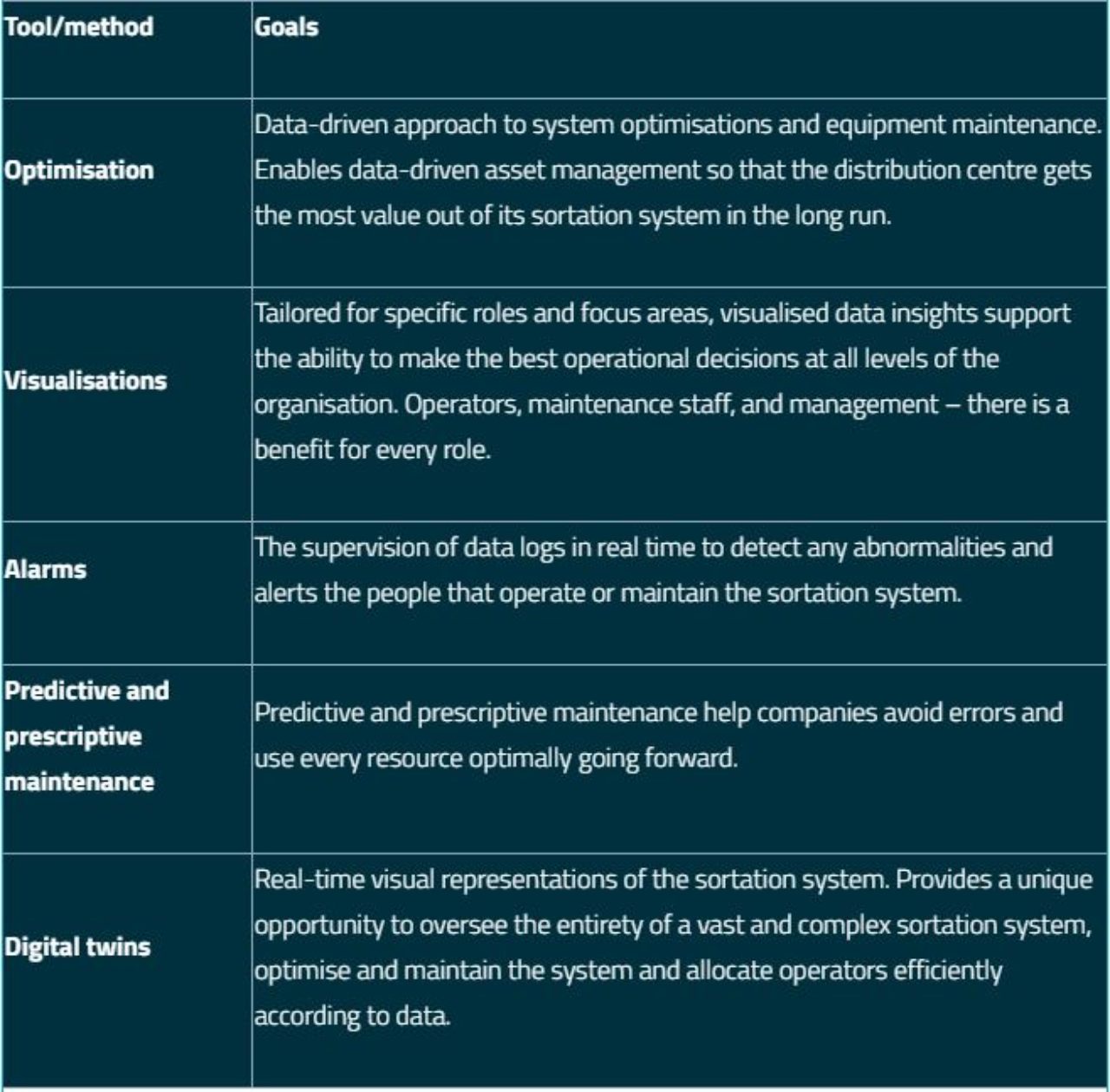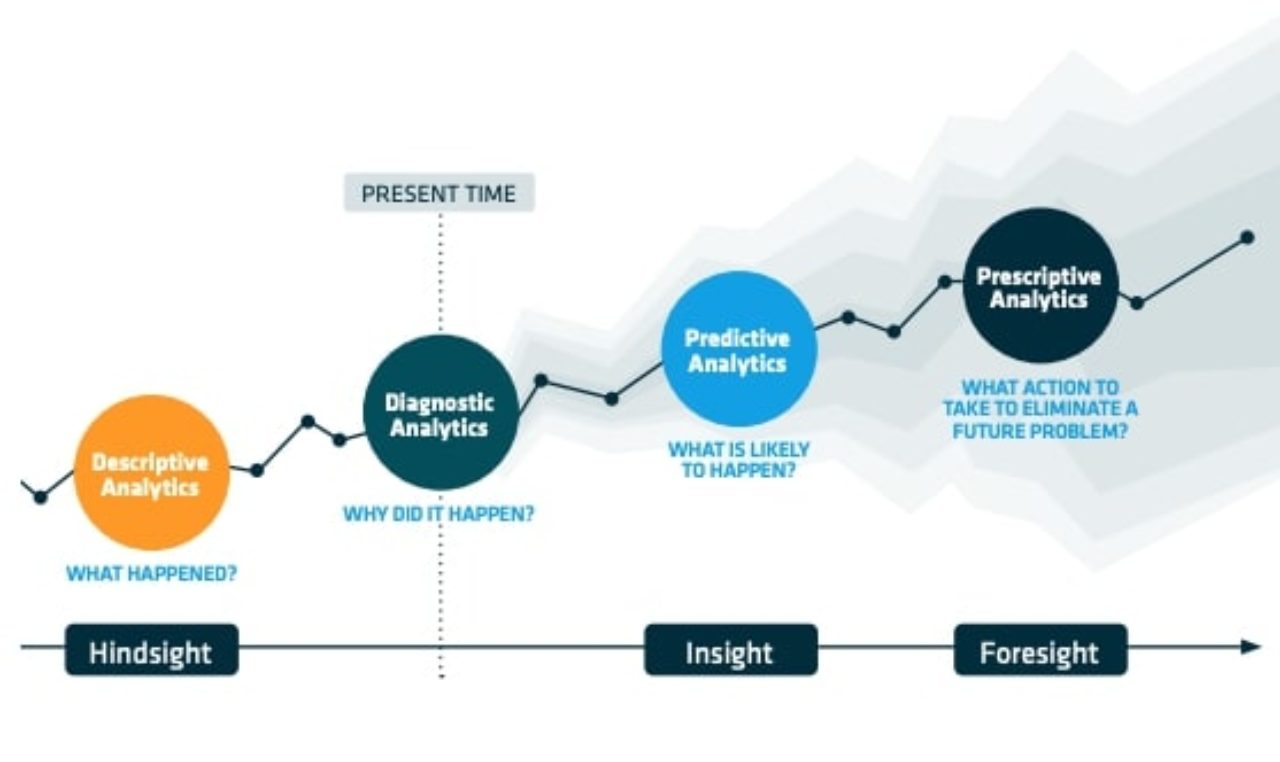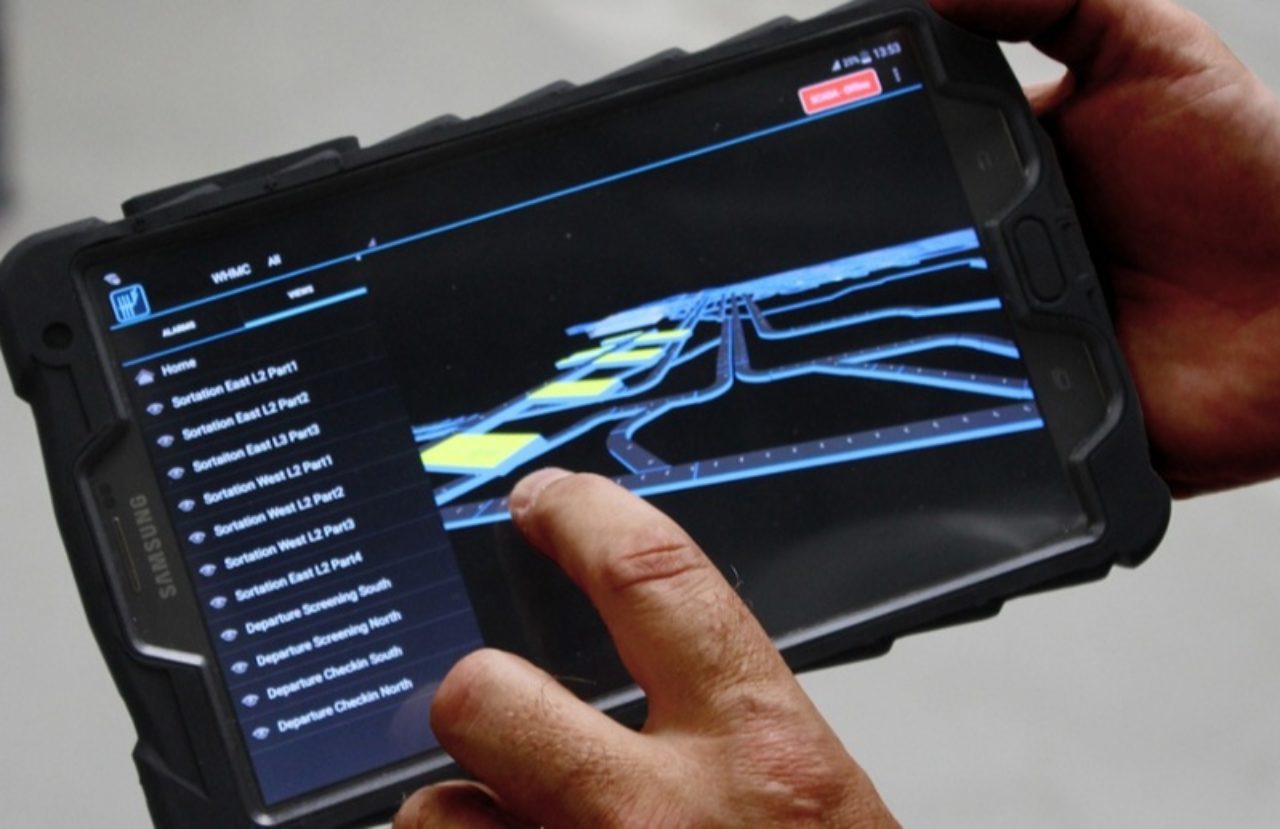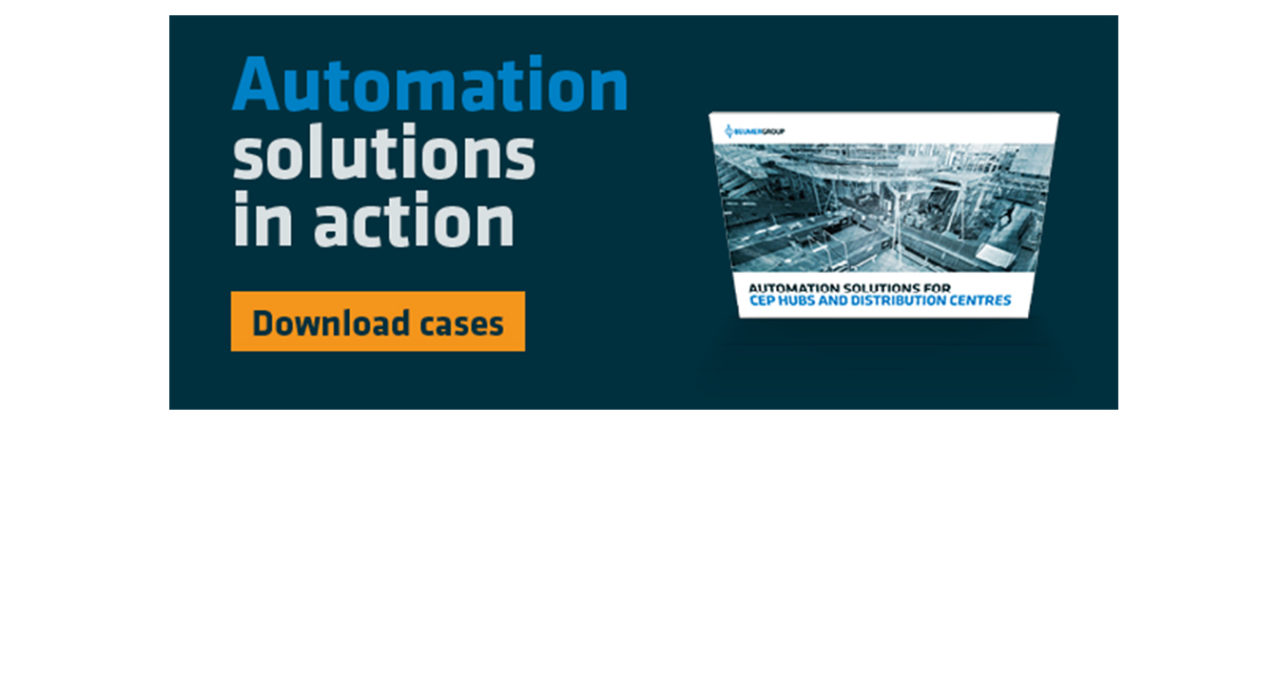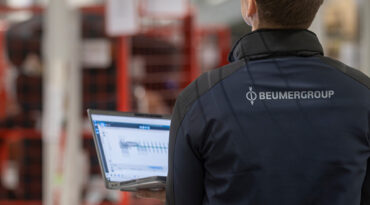Taking one step at a time:
Level 1: Data gathering
As mentioned, the collection of data is the first step in the digitalisation process.
Level 2: Descriptive analytics
The objective of descriptive analytics is to understand precisely what happened, but not why it happened. It’s a retrospective laying out of all the facts without connecting any of the dots.
If a distribution centre experiences an increase in breakdowns, for example, descriptive analytics will inform it as to where the failures in the sortation system took place, the equipment that was affected, the time the failures took place and the amounts and types of parcels going through the system leading up to, and during, the failure.
Level 3: Diagnostic analytics
Instead of simply stating what happened, diagnostic analytics explains why, by comparing new data with older data, looking at correlations and identifying patterns. A distribution centre might be able to identify, for instance, that a combination of volume, parcel packaging and parcel size is causing specific equipment to falter.
Management teams can then make data-based decisions as to how to better structure sortation processes or allocate operators to maintain specific flows. Operators can also react to when digital predetermined conditions are met instead of responding once breakdowns occur.
Level 4: Predictive analytics
Over time and with a collection of data, algorithms can start to predict what is likely to happen, based on trends and activities, such as full chutes, durations, manual handling, dump chutes and lost capacity. CEP operators can shift from reactive to proactive operational processes, moving from a calendar-based maintenance approach to identifying elements and components due for inspection, for example.
Level 5: Prescriptive Analytics:
By implementing the right feedback loop, the system starts recommending what action to take to eliminate any potential future problems. So, if chutes are becoming full, it will recommend that a chute next door be opened to prevent recirculation or even recommended the priority in which to empty the chutes so that the CEP hub will always know it needs to empty them in this order to be more efficient and avoid as much as possible any shoots becoming full.
Depending on the chosen level of autonomy, the system can either propose an action, inform about an action that has been taken, or simply carry out the action autonomously.
Digital Twins
Through data analytics, CEP businesses will also be making more use of ‘digital twins’, or digital copies of their physical systems to perform real-time optimisation. By replicating operations in a digital environment, such as routes, sortation and collection, operators will plan network changes and broader transformations more effectively. Digital twins will also be used to course-correct operations, both in real-time and for predictive purposes.
The digital twin also will enable operators to understand options and scenarios and the likely impact of hundreds of millions of dollars worth of CAPEX decisions before making investments.















